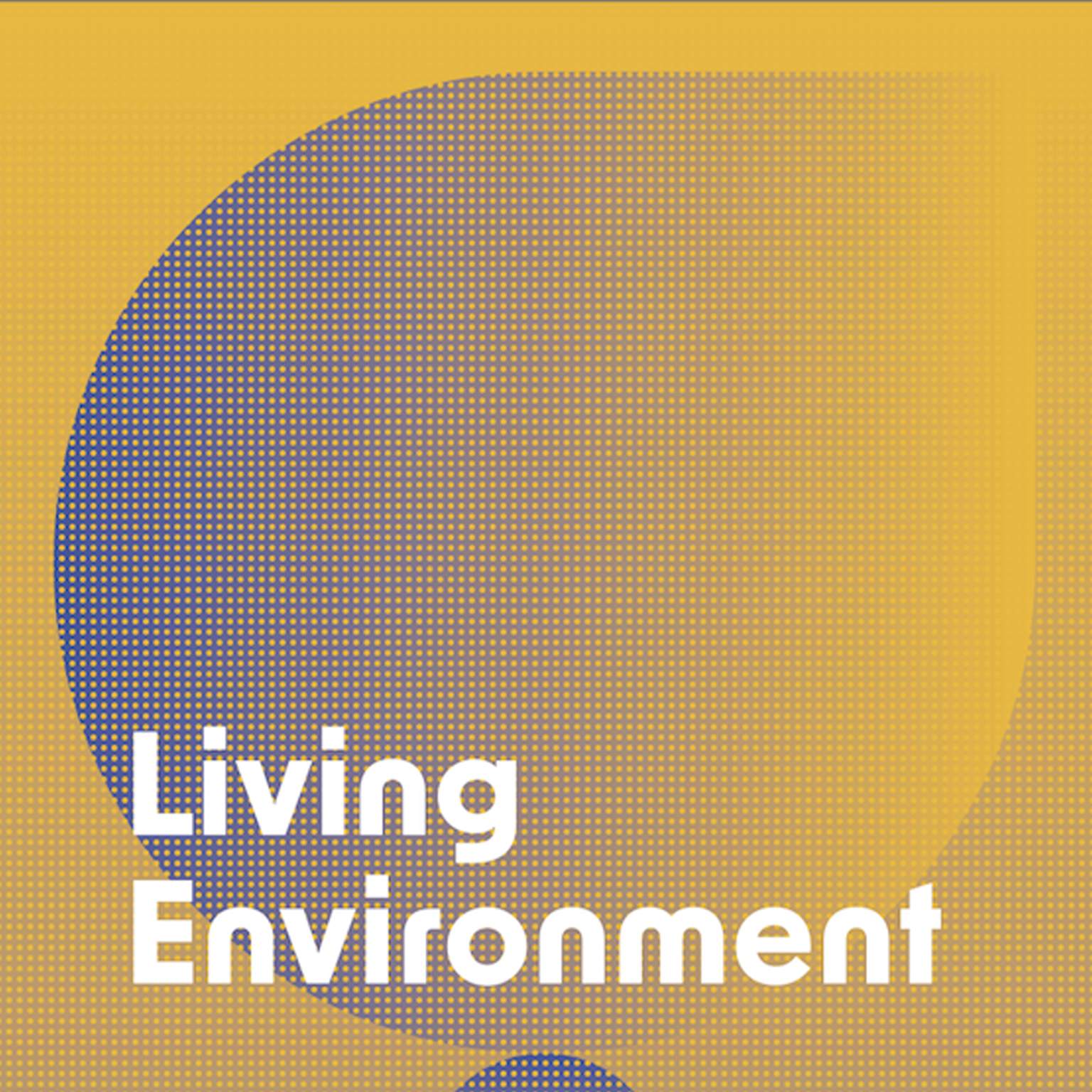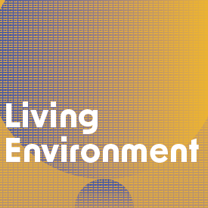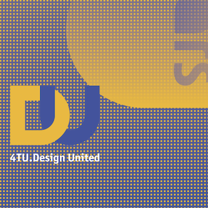Designers shape the environments in which humans and non-humans live, either by giving form to the artefacts that constitute our environments and/or by facilitating the process in which these environments develop. Thanks to technological developments, the divide between culture (what is designed/ created by humans) and nature has become blurry: nature is designed to meet human requirements and artefacts are designed to mimic nature. Environments thus can be both alive because of their nature, or appear alive through the behaviours designed into them. The Living Environments theme explores the meaning of 'livingness' in the practice of design. What does it mean to design with nature? When does an artefact or material feel alive? The theme covers topics ranging from shape-changing soft-robots, smart textiles with autonomous behaviour, and design with bio-based and living material composites, to collaborative community practices that shape the lived environments of both humans and non-humans.
The exhibition features four projects relating to the theme of Living Environments. New Landscapes? The spatial impact of cultivating biobased building materials in the Netherlands by Sanda Lenzholzer (WUR) et al., shows how the Dutch landscape will change due to the introduction of new crops and new (agro-)forestry for the development of biobased materials for future buildings. 3D Artifacts in Biofabrication: Exploring SCOBY-Based Composite Materials with Textile Scaffolding Integration by Taïssia Visser (TUE), investigates the potential of Symbiotic Culture of Bacteria and Yeast (SCOBY) to grow into alternative morphologies, specifically focusing on 3D bacterial cellulose and textile composite artefacts for home use. AnimaTo: Not Your Usual Tea Towel by Alice Buso (TUD) et al., is an animated tea towel that explores how we can build meaningful relationships with textile products, questioning what textile products are or can be. It reacts to water, increasing its thickness through slow texture changes and by unfolding into a thin cloth tripling its original size when washed in the washing machine. Expressive Mechanisms: From Petri-dish to Performativity by Winters (TUE) et al., is a collaborative project across TUE, UT and TUD that pushes the boundaries of conventional robot design, offering users a fresh, immersive experience. It encouragies them to explore the concept of otherness—an encounter with something both familiar and alien, through magnetic soft robotics.
Furthermore, we engage our audience with projects like Human-AI Co-Performance for Community-based Climate Adaptation by Timon Adriaanssen (TUD), which employs a speculative design and a More-than-Human-centered perspective to explore the collaboration between urban communities and AI systems. Specters of Binckhorst is an inquiry into dark ecological park design principles for coexisting with pollution in the Anthropocene by Arend van der Kam (WUR). It explores the potential of Dark Ecology in designing an urban park on heavily contaminated land in the Binckhorst in The Hague, using themes provided by the municipality. Finally, Designing and playing games for transforming global food systems by Federico Andreotti et al. (WUR) presents strategy board games that engage players to navigate scenarios mirroring real-world challenges such as conflicts and market fluctuations in the global food system.
The theme supports people in reimagining how future habitats can be shaped, providing them with both tangible and virtual outlooks of this future.


